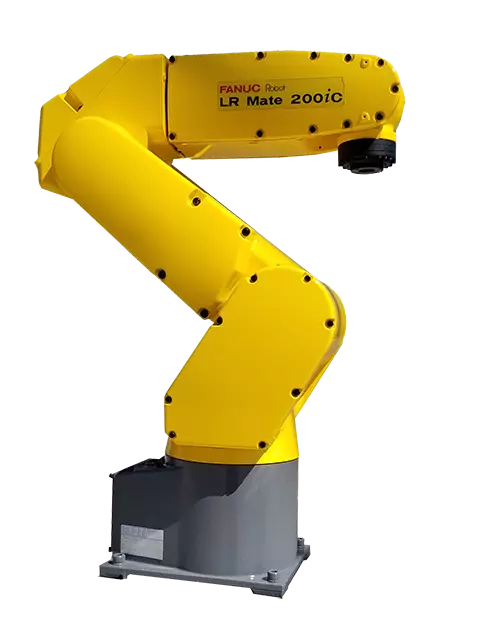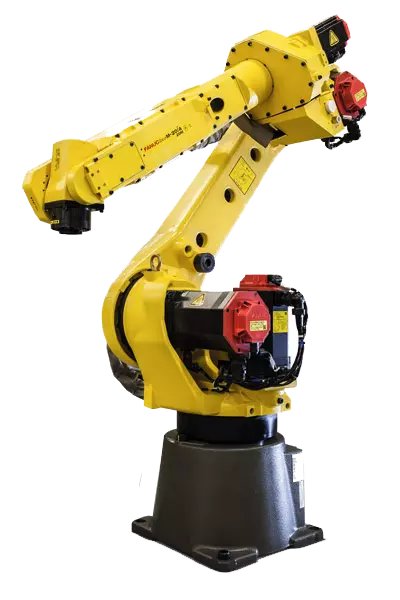Advantages of Robotic Machining over CNC Machining





Machining is a manufacturing process in which raw materials are cut into specific shapes and sizes through a controlled material removal device. Trimming, drilling, milling, and reaming applications are all types of machining processes. Machining can be automated by either CNC machines or industrial robots.
CNC machines have been the primary mechanism for machining automation. These machines are numerically controlled computers that follow preprogrammed coded instructions to process a piece of material. CNCs are typically only capable of performing one specific task.
Industrial robots are multipurpose, reprogrammable, automatically controlled manipulators capable of moving along three or more axes. Like CNCs they are numerically controlled and programmed through code. However, they can perform a variety of applications. Many manufacturers are now forgoing their CNC machines and turning to industrial robots for machining automation. The FANUC M-20ia and the ABB 4400 can both automate machining processes. The reason manufacturers are opting for robotic machining is because of the many advantages over CNCs.
Advantages
Workspace
The majority of CNC machines have small workspaces. There are some with larger work areas, but most are very limited. This prevents CNC machines form being able to work with large parts which could be an issue if your company experiences product turnover.Articulated robots on the other hand have large work envelopes which allow them to cover bigger areas of space. Robot manipulators can easily automate machining involving large parts. There are also extended reach robots and robotic track systems which expand a robot’s work area.
Versatility
As mentioned above, CNC machines can only be programmed for one specific task, making them inflexible. Should your production process change a CNC machine cannot be reprogrammed from milling to reaming.Industrial robot arm stand out from CNCs because they can be reprogrammed. Robots can automate multiple applications making them incredibly versatile. The Motoman HP20D can be reprogrammed from cutting to milling. Six axis robots are able to adapt with process or part changes, avoiding the need to replace equipment when such changes arise.
Degrees of Freedom
The types of movements a machine is capable of is determined by its degrees of freedom. The more degrees of freedom a machine has the more movements it will be capable of. CNC machines are limited to three to four degrees of freedom. This is sufficient for basic machining tasks but not for more complex workpieces.The majority of robotic manipulators are configured with six degrees of freedom, providing them with similar mobility as the human arm. Industrial robotic arms will be able to machine complex workpieces and create just about any shape with their full range of motion.